David Stairs
Whenever visiting Portland, Oregon I am always struck by the huge number of bicyclists— aggressive, self-righteous, ubiquitous. No matter that many of them weren’t even born yet when I was bike commuting— it’s great to see so many! But there is another meme at work here. I am a Prius owner, but I’ve never been anywhere that has more Priuses per capita, and if such a place exists I’d be surprised.
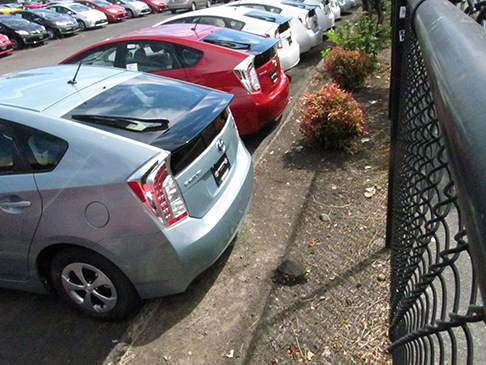 Priuses on the Toyota lot awaiting distribution
Priuses on the Toyota lot awaiting distribution
Prius has had a long developmental trajectory on the road to becoming the world’s favorite hybrid. Introduced in 1997 and now in its fourth generation, it took over a decade for Toyota to reach the one million in Prius sales mark (2008). It would be an exaggeration to imply that the car has a nationwide following. In the horsepower-hungry midwest, muscle cars and big pick-ups are the norm. But in urban settings where standing traffic and bumper-to-bumper freeway scenes are common, the Prius more than holds its own.
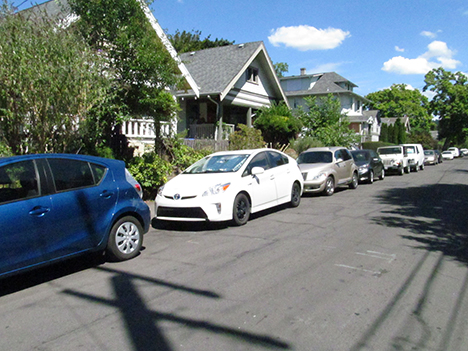
Unfortunately, while the air may be cleaner and the national trade balance in oil (not cars— all Priuses are made in Japan) better as a result, larger numbers of hybrids do not translate into less gridlock. Backed-up traffic in the Rose City is reaching epic proportions. Arterials, like north-south I-5, or east-west I-84, are clogged every morning and evening in a typically American version of commuting psychosis. Even I-205, which was a late addition, built to alleviate traffic and encircle Portland to the south and east, has fallen to demon gridlock.

Even Priuses can’t relieve overcrowding
This affliction is no fault of anyone in particular, not the men who planned the system in the ’50s, and certainly not of Toyota which, if anybody, has done its fair share to alleviate some of the disadvantages of cars in an urban setting. One might as well blame Fred Armisen and Carrie Brownstein for creating Portlandia, their 22-minute satire that has done much to draw attention to “America’s Most Livable City.”
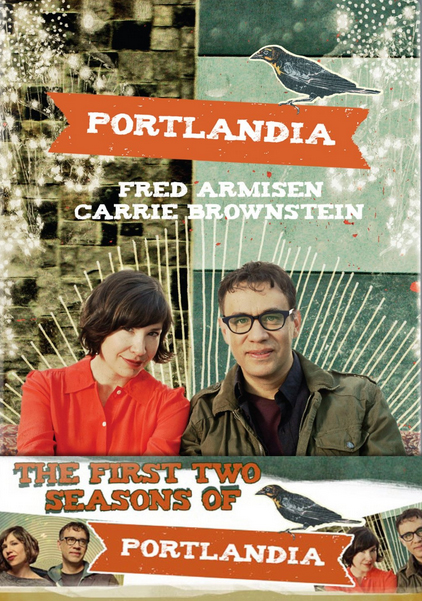
The truth is that Portland gets many things right. In an initiative/right-to-die/weed friendly state like Oregon, one encounters a good deal of independence. This, plus emphasis on the environment— Portland buses run on biodiesel and garbage trucks on natural gas, and its lightrail system is second to none— draws thousands of transplants to the Beaver State each year. But, while population grows, Oregon is also a place with no major industrial base. Neither mining nor wood products play a significant role in the state’s economy any longer and, while companies like Nike house their corporate HQ in Portland, all manufacturing is done overseas.
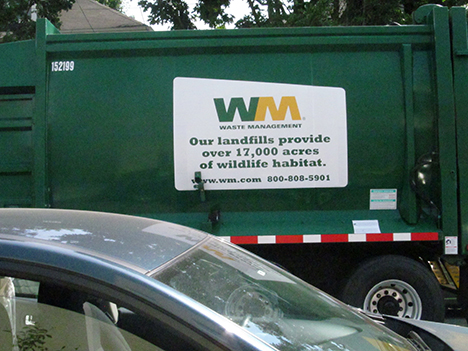
Environment plays well in PDX, even when the claim is somewhat absurd
This results in an economy that is heavy on service and supportive of entrepreneurism. It’s not a coincidence that Portland has become the epicenter of not only coffee and beer culture, but of a revolution in food preparation and eating. Food trucks have, in many places, converted empty lots from eyesores to lively gathering places. And retail has been invigorated. A casual stroll down SE Hawthorne Boulevard on a Sunday afternoon reveals the fact that almost any idea can be transformed into a retail outlet, be it beer growlers or gourmet donuts.

In keeping with this tendency toward independence, Portland also supports a thriving “hand made” culture. In fact, Tender Loving Empire, which specializes in a combination of home grown music and hand-made objects, features work from my daughter Maya’s Frankie & Coco line of custom-made bags and purses.
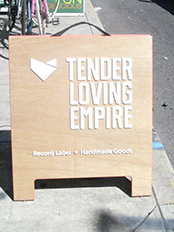
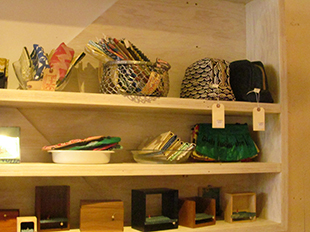
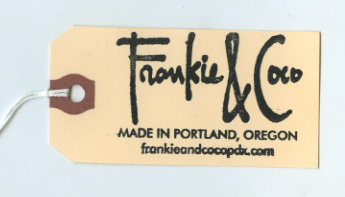
The fundamental cause of heavy traffic and commercial rejuvenation is population density, and Portland is struggling mightily to come to terms with it. Many areas feature historic houses, like this Victorian located in the Boise-Elliot neighborhood.
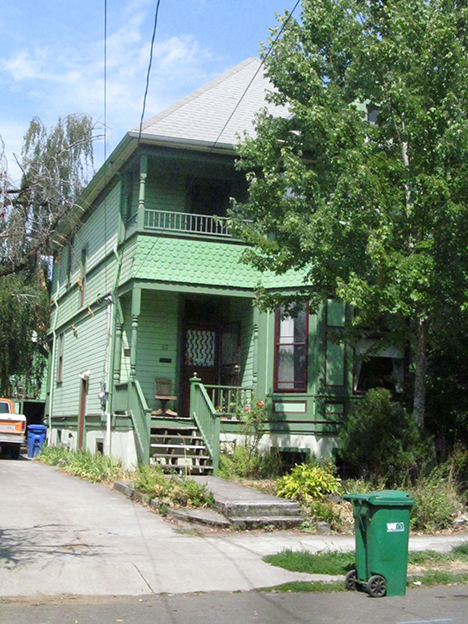
The Henry C. Keck House, located at 53 NE Thompson St., a structure on the National Historic Register
But residential density means many houses are jammed close together on too small lots…
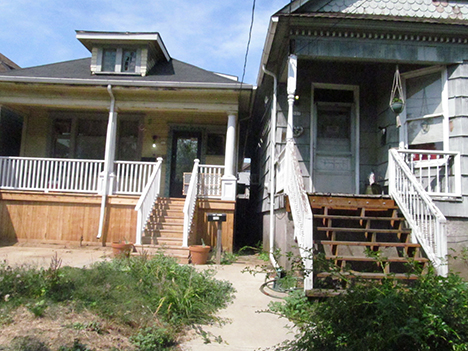
Which can result in disaster in the event of fire.
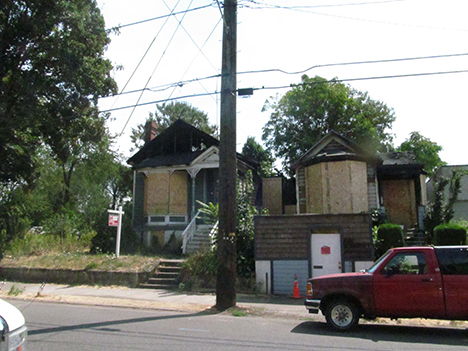
Adjacent properties destroyed by fire
Then there’s the matter of development vs. redevelopment. In some neighborhoods old houses are demolished and replaced by new in-fill. If the structure is limited to two stories this is not always offensive. The problem is, in many areas large multi-story structures are being built with little consideration for surrounding architecture. These tend to be apartments, or condos, and add to the already critical shortage of on-street parking.
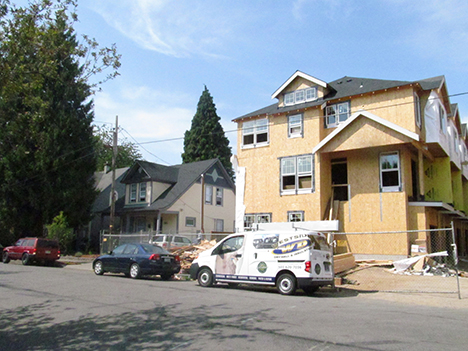
In Irvington, neighbors are resisting such incursions. Homeowners who object to plans to replace a former filling station with an eight-story multiplex have started a movement to prevent it. Yard signs convey the general sentiment in support of existing structures.
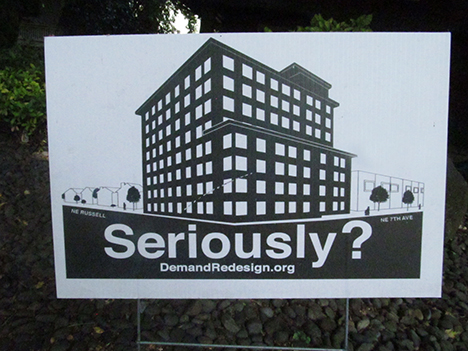
As I wrote just one year ago, whether Portlanders are building a brave new world or loving their environment to death remains to be seen. For the moment, hordes of foodies, fashionistas, and hipsters— not to forget Prius owners or cyclists, have created an interesting if not always sustainable mix. One can only hope the sheen lasts long enough to benefit future generations.
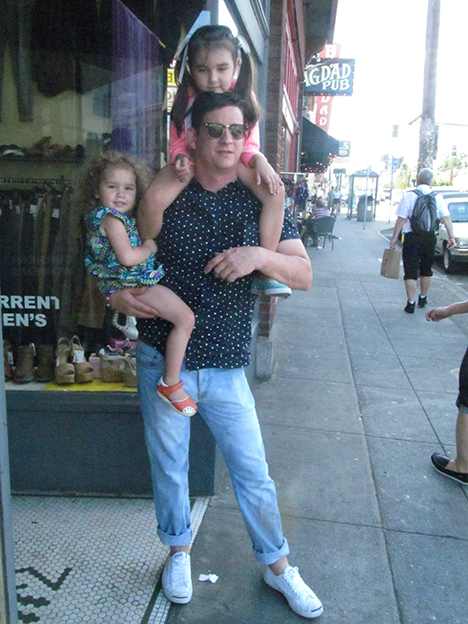
Fashionistas in training, Coco and Frankie, with Dad Micah
David Stairs is the founding editor of Design-Altruism-Project.











Leave a Reply
You must be logged in to post a comment.